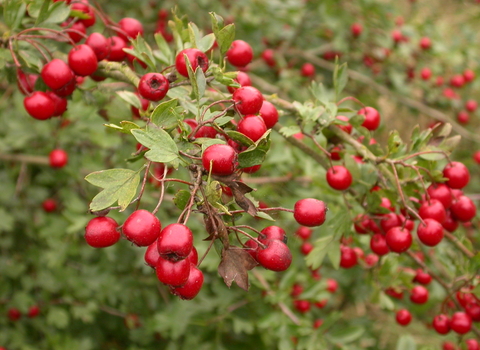
Hawthorn Shield Bug ©Amy Lewis
Hawthorn shieldbug
Our largest shieldbug, the red-and-green hawthorn shieldbug can be seen in gardens, parks and woodlands, feeding on hawthorn, rowan and whitebeam. The adults hibernate over winter.
Scientific name
Acanthosoma haemorrhoidaleWhen to see
April to OctoberSpecies information
Category
Statistics
Length: 1.3-1.7cmCommon.

